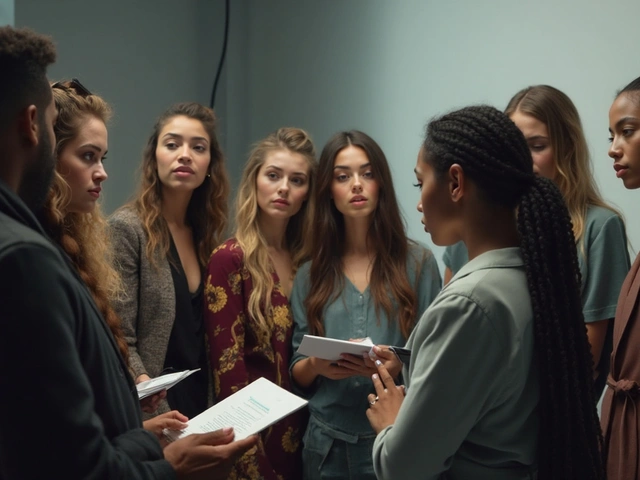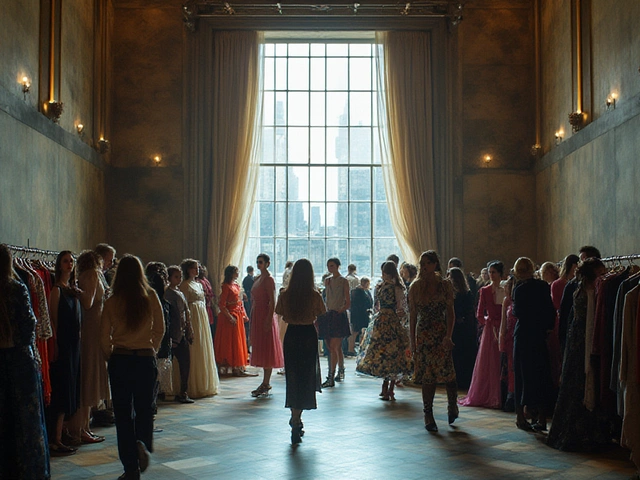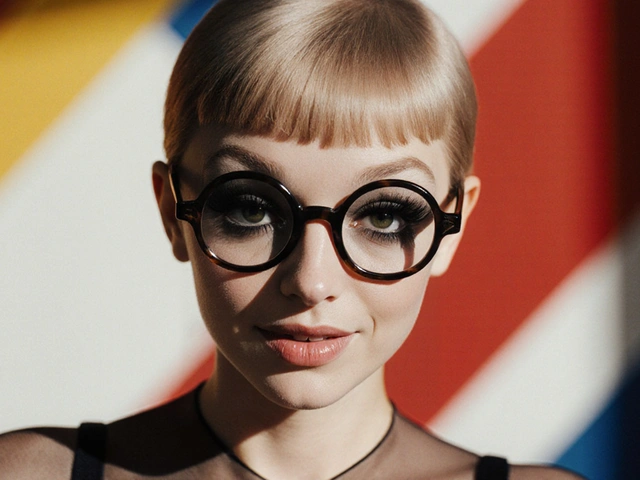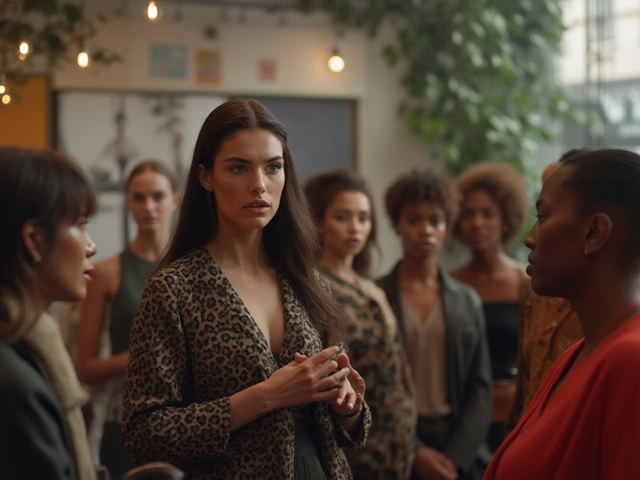When you see supermodels plastered across billboards or strutting their stuff down the runway, it looks effortless, right? It’s easy to forget these folks do a ton more than just look great in expensive clothes. We’re talking 4 AM call times, non-stop travel, and days packed with auditions or back-to-back bookings. It’s not all Paris and parties; it’s constant hustle.
The modern supermodel knows how to turn a brand deal into a business empire. They don’t just wear the clothes—they help design them, launch beauty lines, and even advocate for causes they care about. You’ll see familiar faces like Gigi Hadid or Adut Akech calling out unfair industry practices or using their reach to support positive change. The industry is finally starting to value more than just height and cheekbones—brains and voice count, too.
- Beyond the Camera: The Real Work of Supermodels
- Breaking Stereotypes in the Industry
- How Supermodels Influence Culture
- Tips for Aspiring Supermodels
Beyond the Camera: The Real Work of Supermodels
Ever think a model's job is just showing up and smiling for the camera? Think again. Most supermodels have workdays that put even the busiest office jobs to shame. Yes, the job looks glamorous on the outside, but there’s a lot going on behind the scenes that people don’t see.
Instead of lounging at photo shoots, top supermodels are constantly traveling between cities for castings, fittings, runway shows, and last-minute gigs. For context, during Fashion Month, some models rack up flights to New York, London, Milan, and Paris in the span of just four weeks. That’s a new city—and usually a packed schedule—every couple of days. Long days can mean 12 hours on your feet in uncomfortable shoes or standing for hours while fashion designers fuss over tiny details.
It’s not just physical, either. Models need to memorize looks, pose with confidence for dozens of photographers, and show real personality in front of the camera. For every viral runway moment, there are probably 20 more grueling rehearsals. Some supermodels, like Naomi Campbell, train with personal coaches on movement and public speaking to up their game.
Plus, there’s dealing with crazy time zones, staying healthy with little sleep, and keeping up with diet and fitness routines. You’ll often hear models talk about how they have to plan meals on the go or squeeze in quick workouts wherever they can. It’s not the kind of glam you see on Instagram.
- Group chats with stylists, agents, and other models keep everyone organized—sometimes it feels more like managing a business than just a job.
- Models juggle networking, digital brand building, and content creation for social media, where one post can change a career.
- Many do their own makeup and styling for smaller jobs, making “DIY fashion” a big part of starting out.
All this behind-the-scenes grind is why top agencies look for people with grit and flexibility, not just a pretty face. Anyone thinking about breaking into modeling should know: if you’re not ready for hard work and weird hours, this gig isn’t what it looks like on the surface.
Breaking Stereotypes in the Industry
Way back, the modeling world was pretty much a one-size-fits-all club. If you didn’t fit a certain look—tall, skinny, and usually white—you were out of luck. But that’s been changing fast over the last decade. More brands and agencies are ditching the old-school rules and showing all kinds of beauty on their runways and in their ads. That’s not just wishful thinking—look at major shows from New York to Milan, and you’ll spot models of all backgrounds, sizes, and ages.
One big shift that stands out is how supermodels like Ashley Graham have shaken up the idea of what’s “model material.” She made history as the first plus-size model to land the cover of Sports Illustrated’s Swimsuit Issue, and since then, the industry’s seen a jump in demand for more inclusive representation. Big players such as Winnie Harlow, who has vitiligo, and Halima Aden, the first hijab-wearing model signed to a major agency, have pushed the envelope even further. They’ve proven you don’t have to blend in to make it big.
The story goes the same for age and gender. Models like Maye Musk walked for major designers in her late 60s, busting the myth that youth is a requirement. Non-binary and trans models, such as Aaron Philip and Hunter Schafer, are also front and center at campaigns for brands like Marc Jacobs and Gucci. This matters because when you see someone who looks like you in fashion, it hits different—it’s validating.
Check out some stats from the 2024 fashion season:
| Fashion Shows Tracked | Diverse Models (%) | Plus-size Models (%) | LGBTQ+ Models (%) |
|---|---|---|---|
| New York | 53 | 5 | 12 |
| London | 49 | 3 | 11 |
| Paris | 47 | 2 | 10 |
It’s not perfect yet, but things are moving. More viewers want to see models who are relatable and real. Want to help push this forward? Even a simple thing like following and cheering for diverse models on social media makes a dent. The industry listens to audiences—when you reward brands for showing more variety, you help keep the momentum going.
If you’re hoping to break into modeling and you don’t fit the old-school mold, don’t count yourself out. Today, the supermodels making waves are often the ones changing the rules, not following them.
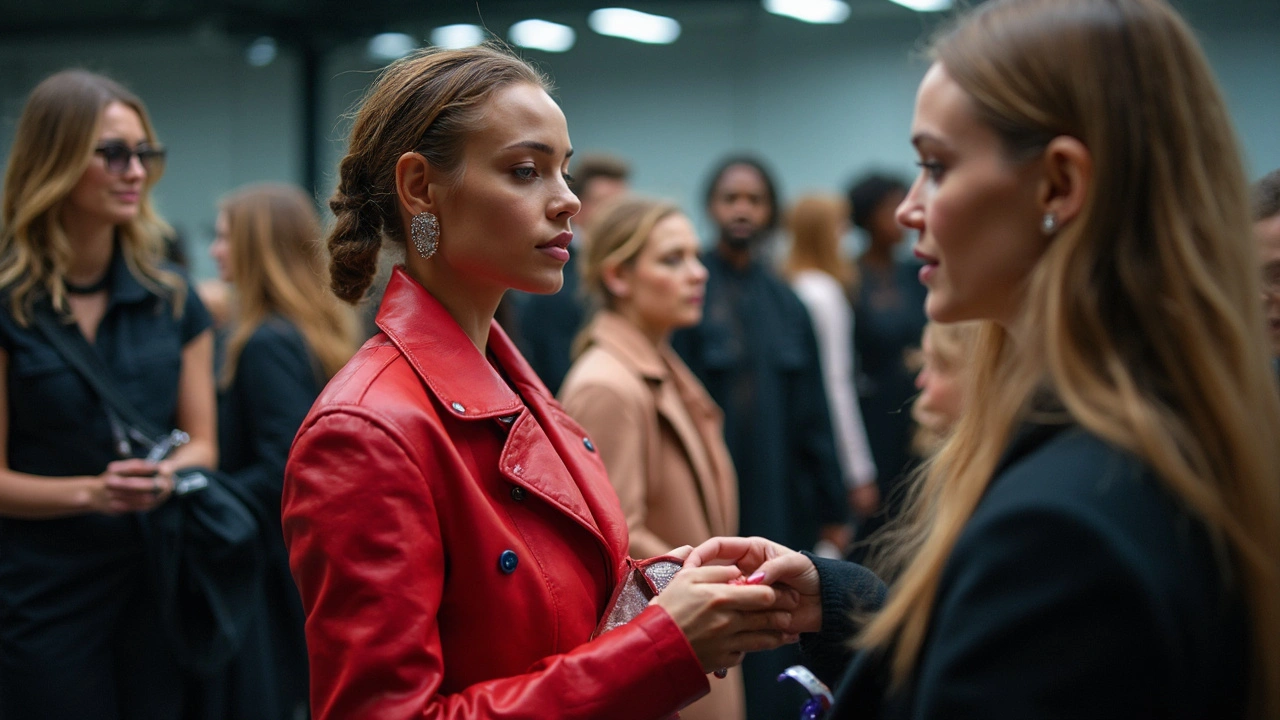
How Supermodels Influence Culture
Supermodels aren’t just walking mannequins these days—they’re culture shifters. A supermodel can make a whole style go viral just by wearing it once. Remember when Kate Moss wore skinny jeans in the early 2000s and suddenly everyone ditched baggy pants? Or when Naomi Campbell made natural Black hair a mainstream runway look, breaking away from the straight-hair-only rule?
Instagram and TikTok threw fuel on this fire. Supermodels like Kendall Jenner and Bella Hadid connect with millions instantly, pushing trends faster than magazines ever did. Now, if they post a new beauty trick or share a favorite small brand, fans want to try it out within seconds. Brands watch closely—having a supermodel shout out your product is basically a golden ticket.
You see these effects in bigger issues too. For example, when models speak out about mental health—like Adwoa Aboah talking honestly about depression—it pushes the topic into public discussion. When Gisele Bündchen advocates for climate action, teens and brands both start to care more. They don’t just change what’s cool—they spark real talk and sometimes new policies.
| Supermodel | Instagram Followers (May 2025) | Known For |
|---|---|---|
| Zendaya | 182 million | Fashion risks, activism, acting |
| Bella Hadid | 61 million | Street style, body positivity |
| Gisele Bündchen | 22 million | Environmental activism, longevity |
| Adut Akech | 2 million | Migrant rights, diversity |
If you look at ads and magazine covers over time, there’s one major pattern: when supermodels start reflecting real-world body types, skin colors, or gender identities, the industry follows. Even little things, like runway makeup or a viral TikTok dance from a model, can change what people wear, talk about, or care about—sometimes overnight.
Tips for Aspiring Supermodels
Thinking about diving into the world of supermodels? The glitz is real, but so is the grind. Here’s what you need to know to actually make it.
First up, build a killer portfolio. You don’t need to blow your savings on fancy shoots—start simple with natural light and clean backgrounds. Agencies want to see your real look, not a bunch of heavy edits. Snapshots with no makeup, different poses, and clean headshots go a long way. Add a few full-body shots. Most top agencies, like IMG or Elite, even ask for these basics when you submit online.
Know your market—it’s not all about being tall and skinny anymore. The industry is finally opening doors for all kinds of heights, shapes, and backgrounds. Check out agencies that focus on commercial, curve, or alternative modeling if runway isn’t your lane. Research agencies’ websites, look for their scouts’ real emails (not the random DMs online), and only go with reputable companies. A legit agency never asks for cash upfront, so that’s a huge red flag.
There’s a ton of rejection, so thick skin is a must. Top names—even legends like Naomi Campbell—faced tons of “no’s” before their big break. You’ll get turned down a lot, but persistence sets you apart from the crowd.
- Stay healthy, not skinny. Agencies and brands look for models who are fit, energetic, and confident. Eating well, sleeping enough, and having a good attitude matters a lot more than squeezing into sample sizes.
- Be professional. Show up on time, reply to emails, and treat every shoot—even unpaid jobs—as a stepping stone. Word spreads fast in this business, and reliability matters as much as looks.
- Use social media wisely. Instagram is basically your digital business card. Brands search tags for new talent, so keep your feed authentic and clean. Post consistent, quality content—think of your profile as an ongoing mini portfolio.
Finally, educate yourself on your rights. The Fashion Model Alliance has resources explaining what’s legal and what isn’t—like fair pay, contract basics, and safe work conditions. You really don’t want to sign anything you don’t understand, so take your time and maybe even ask someone you trust before committing.
Getting started isn’t easy, but with hustle, the right info, and a bit of self-belief, you could land a spot in that next campaign or on a famous runway. Remember, it’s a business as much as it is a dream.


